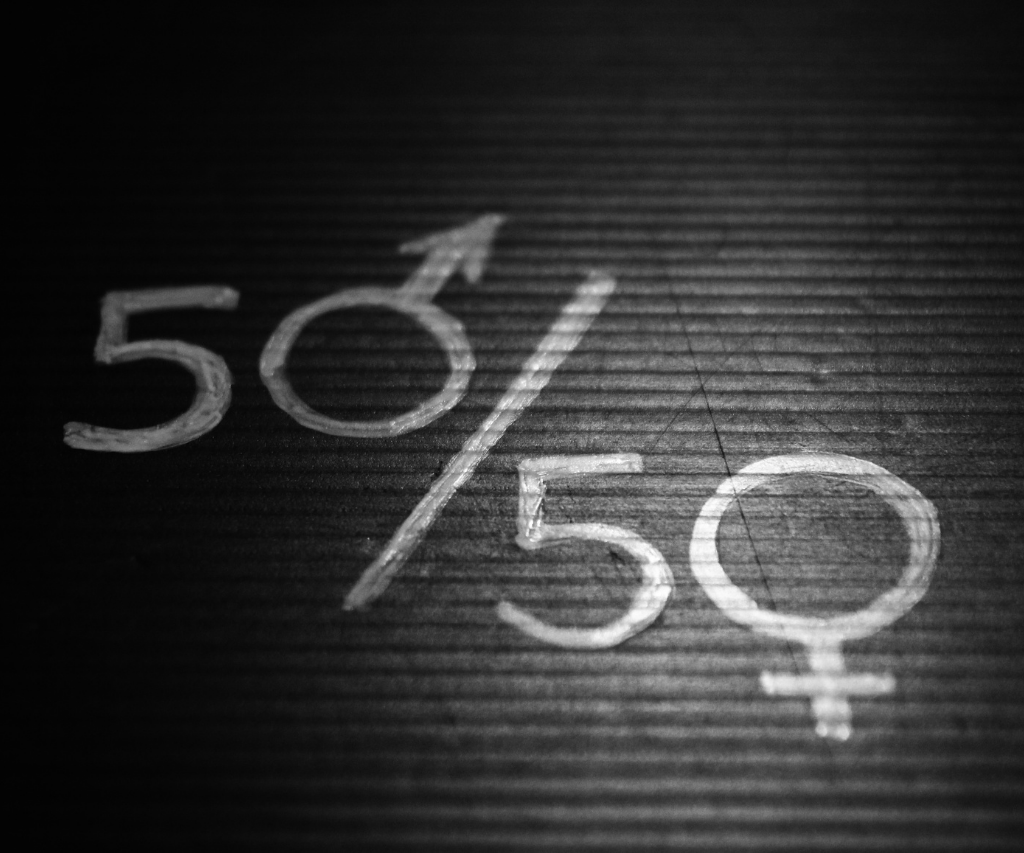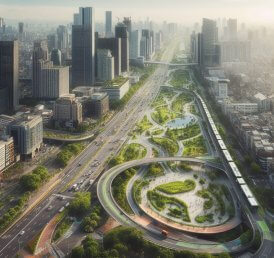Pakistan’s Public Spaces – Who is Missing?

By Wajiha Khan
According to the 2019-20 Women, Peace and Security Index, which assesses women’s wellbeing across three dimensions namely inclusion, justice, and security, Pakistan ranks 164 out of 167 countries. This is not a surprising figure; one merely has to step outside and take a cursory glance of the public space to notice the disproportionate representation of the country’s citizens.
Despite the overarching global commitment to achieve gender equality, Pakistani women find themselves unseen, unheard, and unsafe in the public space. This space is not figurative speech; it refers to the brick-and-mortar physical surroundings in villages, towns, and cities that have erased all traces of women from its spatial landscape. The implication is the relegation of women to the periphery, undertaken by the domestication of women and the centralisation of their role as caregivers. It actively tarnishes empowerment, inclusion, and participation of women at the most basic level, prevents community engagement, and blatantly discriminates against more than half of the population.
One central contributing reason is the lack of gender-sensitive urban and rural planning efforts. In order to increase access to services and enhance mobility, planning authorities need a more nuanced approach that takes into account existing cultural restraints and infrastructures so that public spaces cater to all segments of the population. In Pakistan, this requires structural transformation at the deepest level to recognise the problematic nature of underlying patriarchal societal foundations that motivate the current status quo.
Grassroots movements such as Girls at Dhabbas are critical to initiate much needed conversations regarding this issue. However, despite concerted efforts in the form of feminist movements such as Aurat March to combat structural and institutional causes of gender inequality, the wider conversation often gets overhauled by those who seek to preserve the entrenched power structures. In this sense, efforts to reclaim public spaces through civil society efforts alone should be met with cautious optimism at best.
Reclaiming public spaces is not only imperative for the overall physical, mental, and financial health of Pakistani women, but it is also the kind of progress that will accompany a paradigm shift towards reconceptualising the meaning of public spaces and consequently, decrease the vulnerabilities faced by women in their everyday lives. After all, women don’t have the same liberties as men to go wherever they please, live wherever they want, or even relax and exercise at a location of their choosing. When every aspect of their life outside the house is controlled, policed, and regulated by unwanted exogenous factors that accompany unsafe public spaces, the entire concept of “public” in public space needs to be interrogated.
The way forward requires an acknowledgement that public spaces in Pakistan exist for a specific subset of the population and has succeeded in disenfranchising women. Secondly, active steps need to be taken to move away from a gender-blind model to incorporate gender analysis in future planning efforts and practices to promote inclusivity. This doesn’t only mean adhering to gender mainstreaming mechanisms by employing the mere concept of gender in policy frameworks; instead, it requires a holistic approach to create socially meaningful spaces that allows all women to express their identities by participating in public spaces.
On an individual level, this means the ability of women to walk the streets, travel on public transport, or enjoy a stroll in a public park without the overarching fear of being harassed or assaulted. This model calls for an increased visibility of women from all socio-economic backgrounds in rural and urban spaces alike. In this endeavour, simply adopting strategies employed in the developed world will be of little use; local cultural realities need to be realised to tailor and deliver contextualised policies.
Importantly, it is crucial to realise that this is not a conversation that can wait. The women of this country have waited for 74 years; it’s high time we divert our attention and resources to help mobilise support for this cause.



